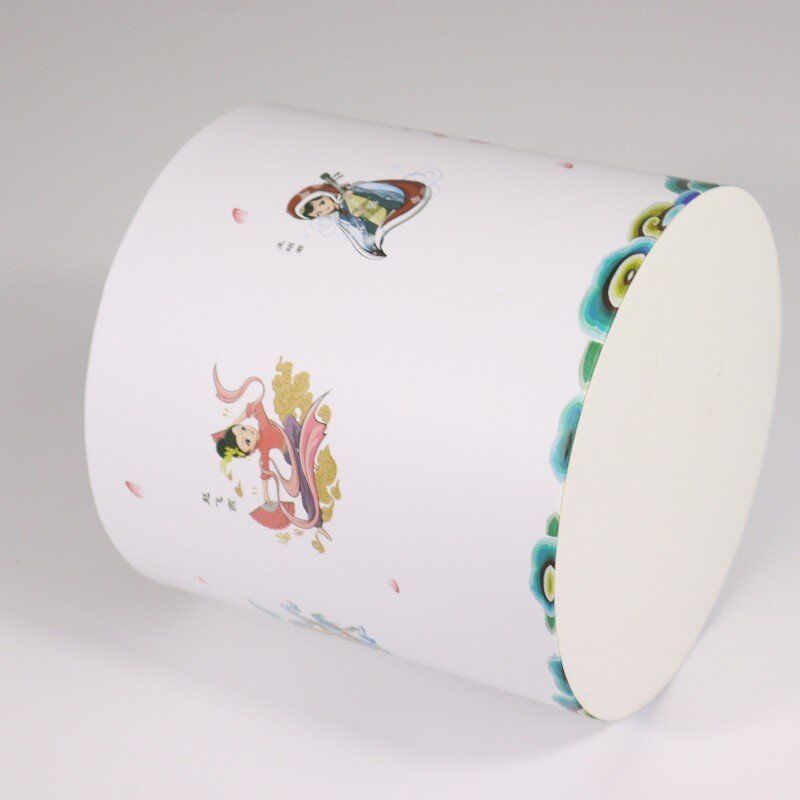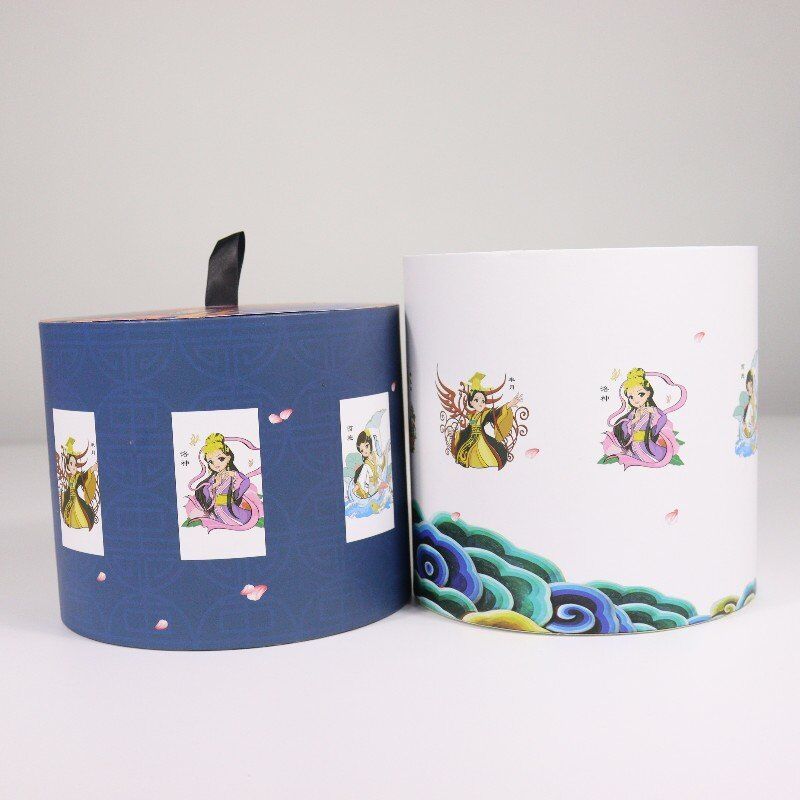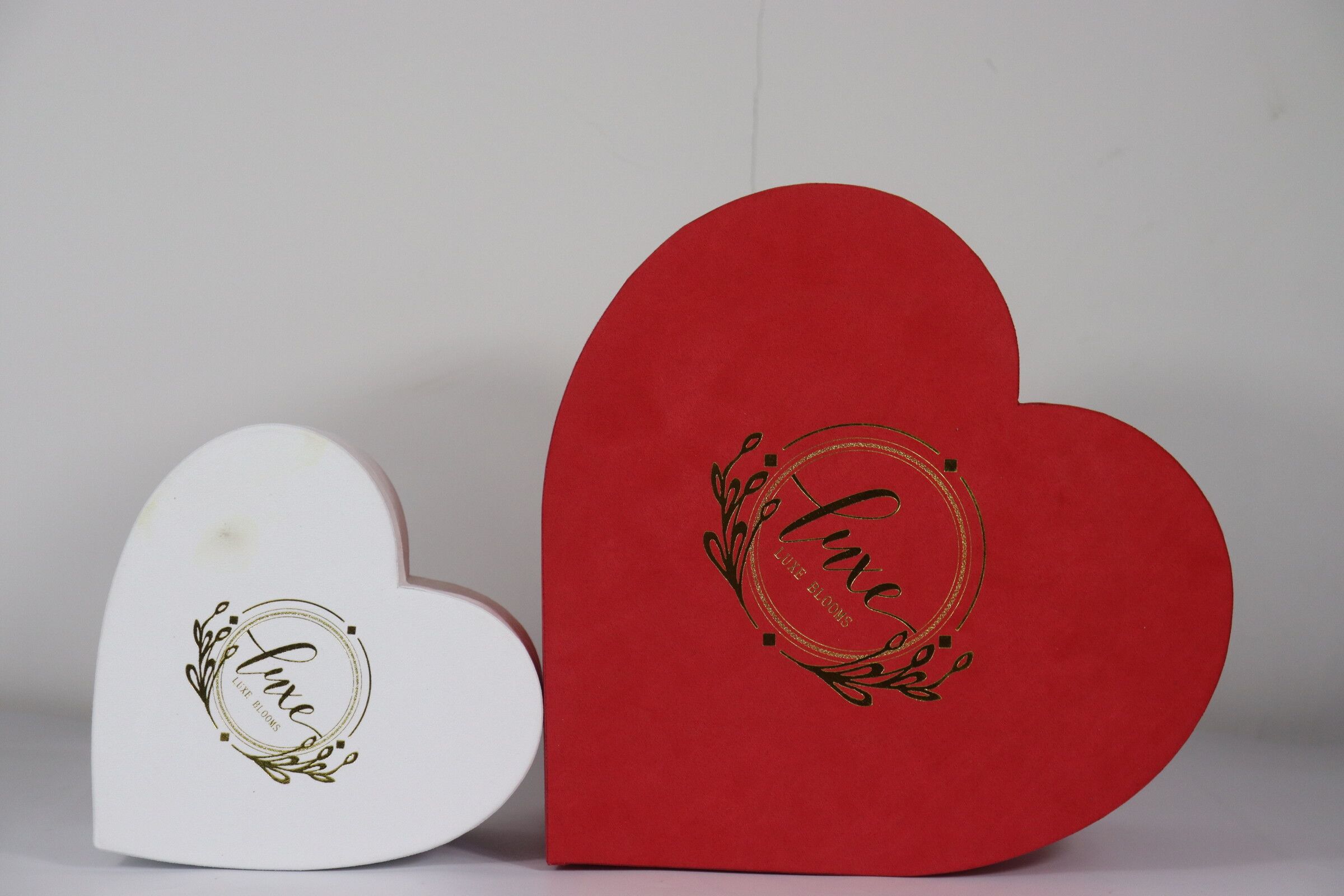- All
- Product Name
- Product Keyword
- Product Model
- Product Summary
- Product Description
- Multi Field Search
Views: 197 Author: XianDa Publish Time: 2024-12-17 Origin: Site

Content Menu
● How to Build a Raised Flower Box
● Planning Your Raised Flower Box
● Step-by-Step Construction Guide
>> 5. Install Hardware Cloth (Optional)
>> 8. Add Soil
● Planting Your Raised Flower Box
● Creative Ideas for Raised Flower Boxes
● Flower Paper Box Factory: A Brief Overview
● FAQs
Raised flower boxes are an excellent addition to any garden, providing an attractive and practical solution for growing flowers, herbs, and even small vegetables. This comprehensive guide will walk you through the process of building your own raised flower box, from planning to planting, while also touching on related topics such as flower paper box factories.
Before you begin construction, it's crucial to plan your raised flower box carefully. Consider the following factors:
1. Location: Choose a spot that receives adequate sunlight for your chosen plants. Most flowers require at least 6 hours of direct sunlight daily.
2. Size: Determine the dimensions based on available space and your gardening needs. A common size is 4' x 8', but you can adjust this to fit your specific area.
3. Materials: Select durable materials that can withstand outdoor conditions. Cedar and pressure-treated lumber are popular choices.
4. Design: Decide on the style and height of your raised flower box. Consider ergonomics if you have mobility issues.
5. Drainage: Ensure proper drainage to prevent waterlogging and root rot.
To build your raised flower box, gather the following materials and tools:
- Lumber (cedar or pressure-treated wood)
- Screws (3-inch deck screws work well)
- Drill and drill bits
- Circular saw or hand saw
- Measuring tape
- Level
- Square
- Hardware cloth (optional, for gopher protection)
- Landscape fabric (to line the bottom)
- High-quality potting soil or garden soil mixed with compost
- Plants of your choice


Clear the area where you plan to place your raised flower box. Remove any grass, rocks, or debris. If you're placing the box on lawn, consider laying down landscape fabric to prevent grass from growing up into the box.
Measure and cut your lumber to the desired dimensions. For a standard 4' x 8' raised bed, you'll need:
- Four 4' boards for the short sides
- Four 8' boards for the long sides
- Four corner posts (2x4s cut to desired height, typically 2-3 feet)
Start by attaching the corner posts to the short sides of the box. Pre-drill holes to prevent splitting, then secure with screws. Repeat for the long sides, ensuring everything is square and level. Use a carpenter's square to check the corners.
For larger boxes, add support stakes along the sides to prevent bowing. Cut 2x4s to size and attach them to the inside of the frame at the midpoint of each long side.
If you're concerned about gophers or other burrowing pests, staple hardware cloth to the bottom of the frame before placing it in its final location. This extra step can save you from future headaches.
Place the assembled frame in its final location. Use a level to ensure it's even, and adjust as necessary. If the ground is uneven, you may need to dig out some soil or add some under the low corners.
Line the bottom of the box with landscape fabric. This will help retain soil while allowing excess water to drain. Secure the fabric to the sides of the box with staples.
Fill your raised flower box with a high-quality potting mix or a combination of topsoil and compost. A good mix might include:
- 60% topsoil
- 30% compost
- 10% perlite or vermiculite for drainage
Fill the box to within an inch or two of the top, allowing room for mulch and settling.
Now that your raised flower box is built and filled with soil, it's time to add some beautiful blooms! Consider factors like sunlight, water requirements, and plant height when selecting your flowers. Here are some popular options:
- Marigolds: These cheerful flowers come in shades of yellow, orange, and red.
- Petunias: Available in a wide range of colors, petunias are perfect for cascading over the edges of your box.
- Zinnias: These easy-to-grow flowers bloom in vibrant colors all summer long.
- Cosmos: Tall and airy, cosmos add height and movement to your flower box.
- Snapdragons: These vertical growers add structure and come in various colors.
When planting, arrange taller plants towards the back or center of the box and shorter ones in front for a visually appealing display. Consider using the "thriller, filler, spiller" technique:
- Thrillers: Tall, eye-catching plants for the center or back
- Fillers: Medium-height plants to fill in spaces
- Spillers: Trailing plants to cascade over the edges
1. Multi-tiered designs: Create visual interest with different levels of planting. This can be achieved by building boxes of varying heights or by using tiered planters within a single box.
2. Incorporate seating: Add a bench to one side of your raised flower box for a cozy garden nook. This creates a perfect spot for relaxation and enjoying your blooming flowers up close.
3. Use unique materials: Try repurposing items like old drawers, wine barrels, or even vintage suitcases for a rustic or eclectic look. These unconventional containers can add character to your garden.

4. Add trellises: Integrate vertical elements to support climbing plants like morning glories, clematis, or even climbing roses. This adds height and dimension to your flower box.
5. Mix flowers and vegetables: Combine ornamental plants with edibles for a functional and beautiful garden. Many vegetables, like cherry tomatoes or colorful Swiss chard, can be as attractive as they are tasty.
6. Create a butterfly garden: Choose flowers that attract butterflies, such as butterfly bush, coneflowers, and lantana. This not only adds beauty but also supports local pollinators.
7. Design a cut flower garden: Plant varieties specifically for cutting and bringing indoors, like dahlias, sunflowers, and gladiolus.
8. Incorporate herbs: Many herbs, like lavender, rosemary, and sage, have beautiful flowers and foliage that complement other blooms while providing aromatic and culinary benefits.
To keep your raised flower box looking its best:
1. Water regularly, especially during dry spells. Raised beds tend to dry out faster than in-ground gardens, so check soil moisture frequently.
2. Fertilize as needed, following the instructions for your specific plants. A slow-release fertilizer at the beginning of the season can provide nutrients throughout the growing period.
3. Deadhead flowers to encourage continuous blooming and prevent self-seeding. This involves removing spent blooms before they go to seed.
4. Monitor for pests and diseases, addressing issues promptly. Inspect your plants regularly and treat problems early to prevent them from spreading.
5. Replace soil every few years to maintain nutrient levels. Over time, soil can become depleted, so refreshing it ensures your plants have access to necessary nutrients.
6. Mulch the soil surface to retain moisture and suppress weeds. A layer of organic mulch also adds a neat, finished look to your flower box.
7. Prune and shape plants as needed to maintain the desired form and prevent overcrowding.
8. Consider installing a drip irrigation system for consistent watering, especially if you live in a hot or dry climate.
While we've focused on building a raised flower box, it's worth mentioning the role of flower paper box factories in the floral industry. These factories produce packaging solutions for florists and flower delivery services, playing a crucial role in the presentation and transportation of floral arrangements.
Flower paper boxes come in various shapes, sizes, and designs to accommodate different floral arrangements. They often feature:
- Water-resistant materials to protect against moisture
- Decorative prints or patterns to enhance presentation
- Handles for easy carrying
- Customizable options for branding and personalization
Some popular types of flower paper boxes include:
1. Round hat boxes: Perfect for compact, circular arrangements
2. Rectangular gift boxes: Ideal for long-stemmed flowers like roses
3. Trapezoid bouquet boxes: Designed to hold and display bouquets securely
4. Heart-shaped boxes for special occasions like Valentine's Day
These boxes not only protect flowers during transport but also enhance the presentation of floral gifts. The flower paper box factory industry continues to innovate, developing eco-friendly materials and designs that complement the beauty of the flowers they contain.

Building a raised flower box is a rewarding project that can significantly enhance your garden's beauty and functionality. By following this comprehensive guide, you'll be well-equipped to create a stunning raised flower box that will provide years of enjoyment. Whether you're growing vibrant annuals, fragrant perennials, or a mix of flowers and vegetables, a raised flower box offers endless possibilities for creative gardening.
Remember, the key to a successful raised flower box lies in proper planning, construction, and maintenance. With the right care and attention, your raised flower box will become a thriving, colorful addition to your outdoor space, bringing joy and beauty season after season.
1. Q: How deep should a raised flower box be?
A: A depth of 12-18 inches is suitable for most flowers. Deeper boxes (18-24 inches) are better for plants with longer root systems or for growing vegetables alongside flowers.
2. Q: What type of wood is best for building a raised flower box?
A: Cedar is an excellent choice due to its natural resistance to rot and insects. Pressure-treated lumber is also a durable option, but ensure it's safe for food crops if you plan to grow edibles.
3. Q: How often should I water my raised flower box?
A: Water needs vary depending on plant types and climate. Generally, water when the top inch of soil feels dry. During hot, dry periods, you may need to water daily. Consider installing a drip irrigation system for consistent watering.
4. Q: Can I build a raised flower box on concrete?
A: Yes, you can place a raised flower box on concrete. Ensure proper drainage by adding a layer of gravel at the bottom and drilling drainage holes if necessary. You may also want to place a moisture barrier between the box and the concrete to prevent water damage.
5. Q: How can I protect my raised flower box from pests?
A: Use hardware cloth at the bottom to deter burrowing pests, install netting to protect from birds and larger animals, and consider companion planting to naturally repel insects. You can also use organic pest control methods like neem oil or insecticidal soaps.